In this Article
Toggle



A short walk down Connecticut Avenue from the Woodley Park Metro Station lies the Smithsonian National Zoo, one of the few places in the country to see giant pandas. But do you know these fascinating facts about one of the nation’s oldest zoos?
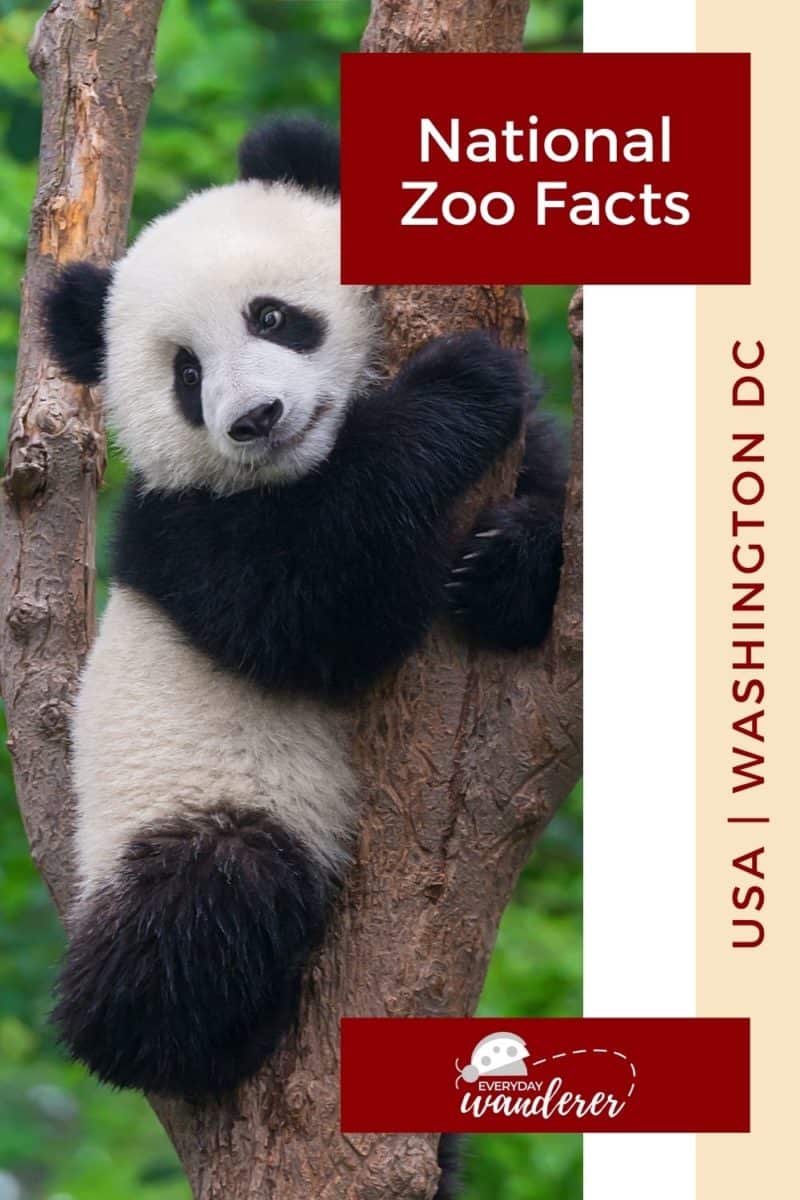
To help offset the costs of running EverydayWanderer.com, you’ll find affiliate links lightly sprinkled throughout the site. If you choose to make a purchase via one of these links, there’s no additional cost to you, but I’ll earn a teeny tiny commission. You can read all of the legal blah blah blah (as my little niece says) on the full disclosure page.
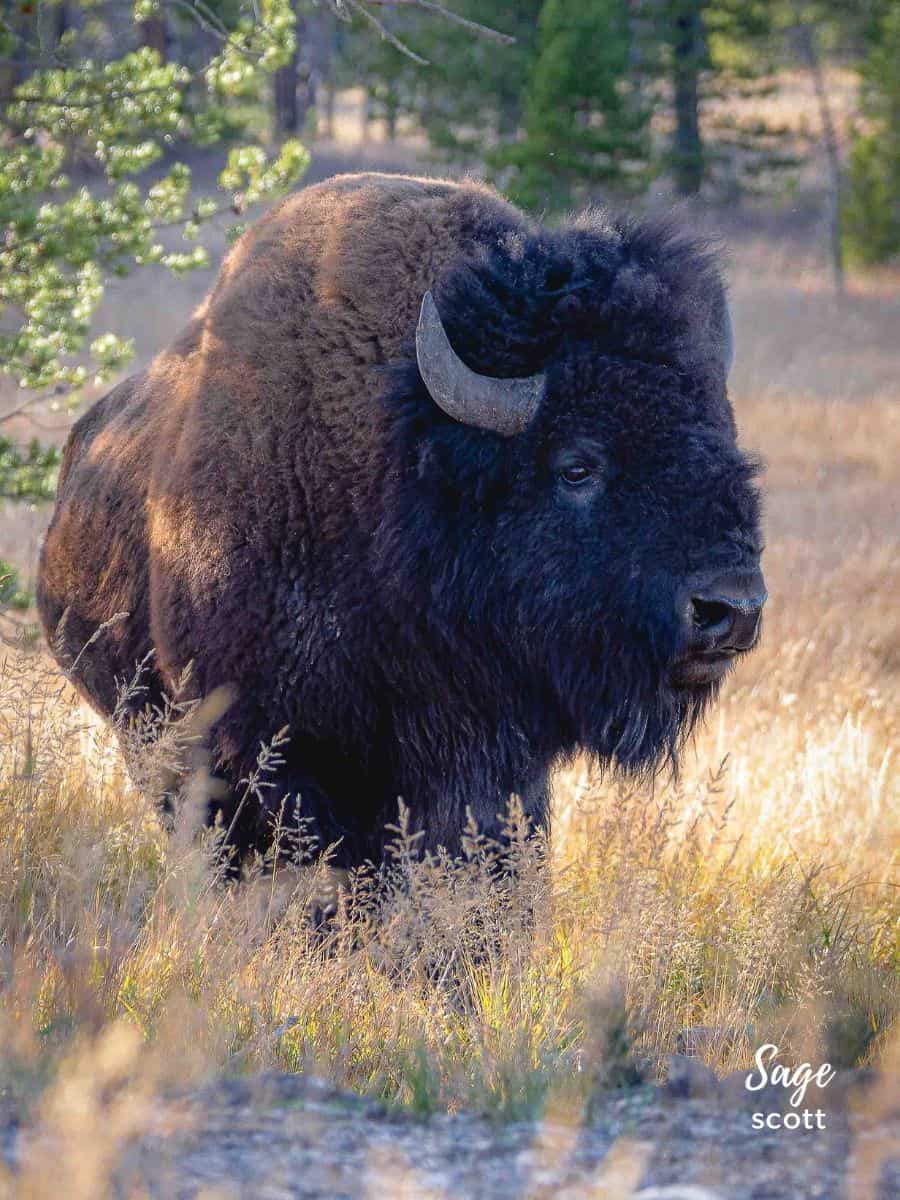
1. The Inspiration for the Zoo Came from a Trip Out West
The Smithsonian Institution’s chief taxidermist, William Temple Hornaday, established the National Zoo in an effort to save several North American species from extinction. One of the most heartbreaking National Zoo facts is that during a trip to the American West in 1886, Hornaday was so concerned about the future of several animals that he brought them to Washington, DC to save them.
More than 125 years later, the zoo in DC remains true to its original mission to “provide engaging experiences with animals and create and share knowledge to save wildlife and habitats.”
Related Article: What’s in a name? The people and places behind popular Metro stations in Washington, DC.
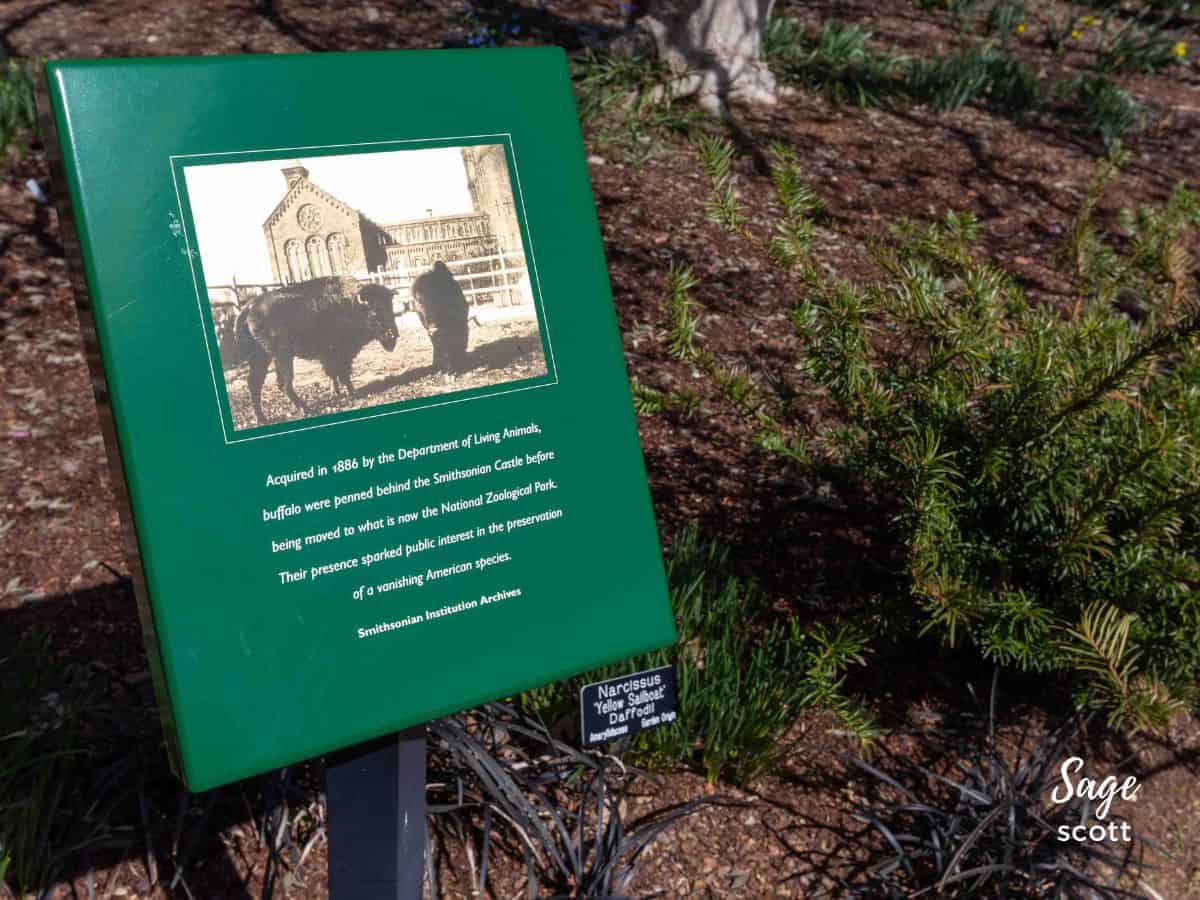
2. You'll Never Believe the Smithsonian Zoo's Original Location
The DC Zoo’s original location was behind the Smithsonian Castle on the National Mall and featured deer, foxes, prairie dogs, badgers, beavers, lynx, and bison. Today the zoo is home to approximately 1,800 animals of 300 species, and about one-fifth are endangered or threatened.
Related Article: A Complete Guide to the Smithsonian Museums, Galleries, and Gardens on the National Mall
Enjoying This Article?
Sign up for the newsletter!
Thank You for Subscribing!
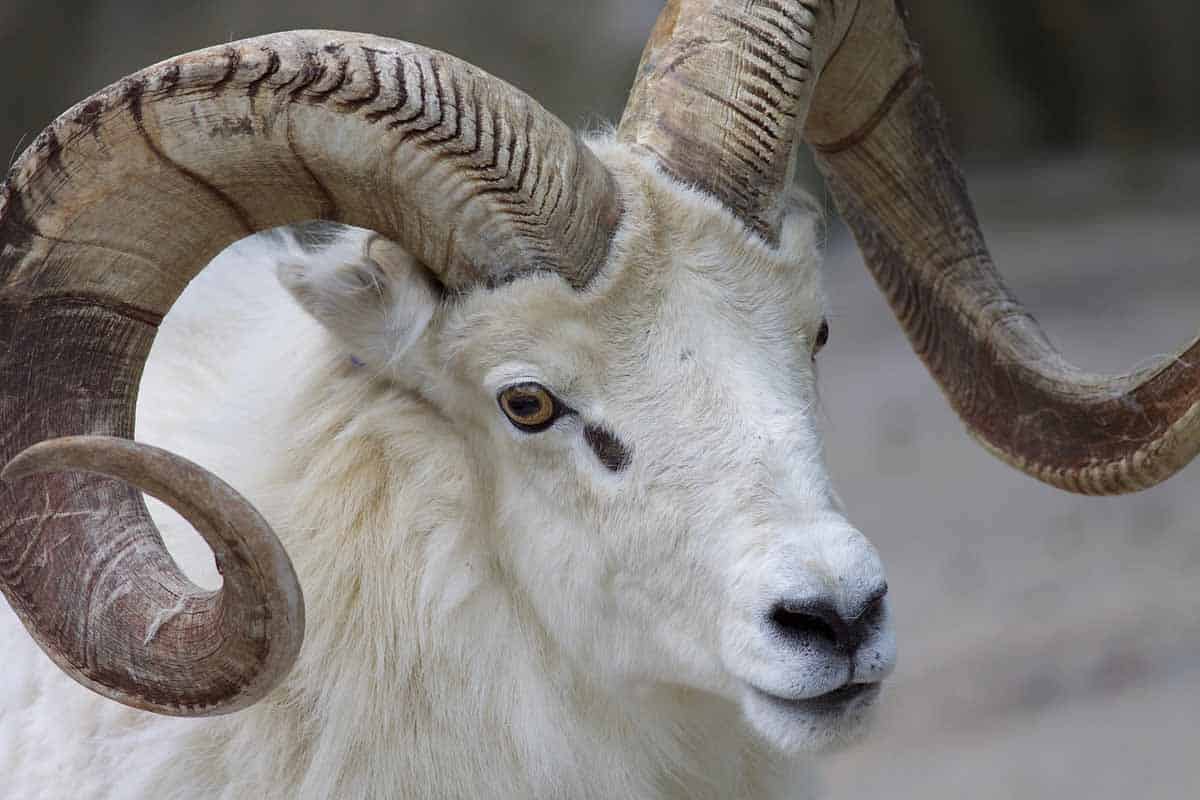
3. A Contribution from Kansas (Sort Of)
In 1899, Kansas frontiersman Charles “Buffalo” Jones added a bighorn sheep (although it was captured outside of the Sunflower State) to the Smithsonian National Zoo’s collection.

4. The Zoo's Most Famous Residents are Giant Pandas
The National Zoological Park is one of the few places in North America where you can explore a beautifully designed panda habitat. While the giant pandas are most likely the zoo’s most popular animals, the zoo is home to a wide array of animals — including exotic animals — from around the world. Besides the giant pandas, visitors can see Asian elephants, great apes, and big cats in natural habitats. There is also a wide range of insects, amphibians, and reptiles housed in indoor exhibits.
Related Article: 9 Things You Didn’t Know About the First Panda to Live in the US
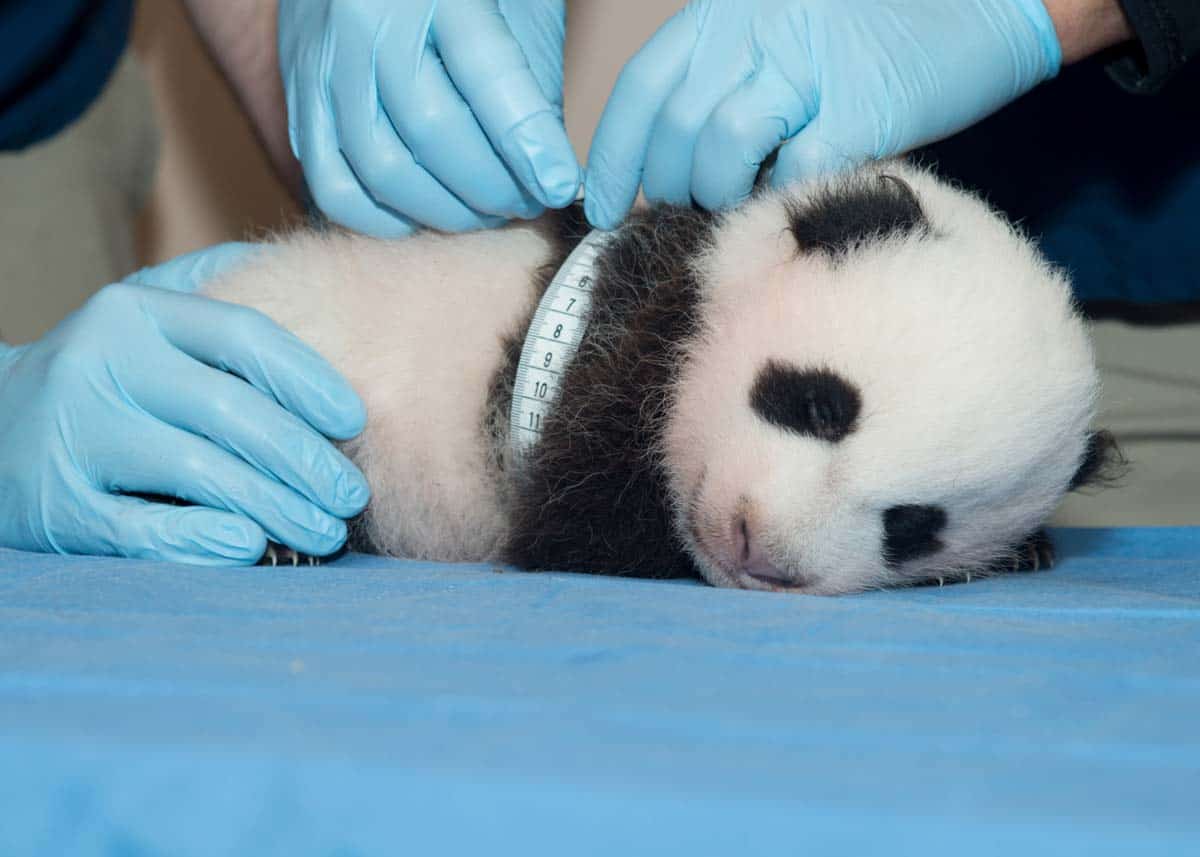
5. Giant Pandas Have Lived At the Zoo Since the Nixon Administration
Giant pandas have resided at the Smithsonian National Zoo since 1972 when Ling-Ling and Hsing-Hsing were gifted to the United States by China following President Nixon’s visit.
Sage Advice: Watch the giant pandas at the National Zoo and 35+ other animals via these live animal cams.
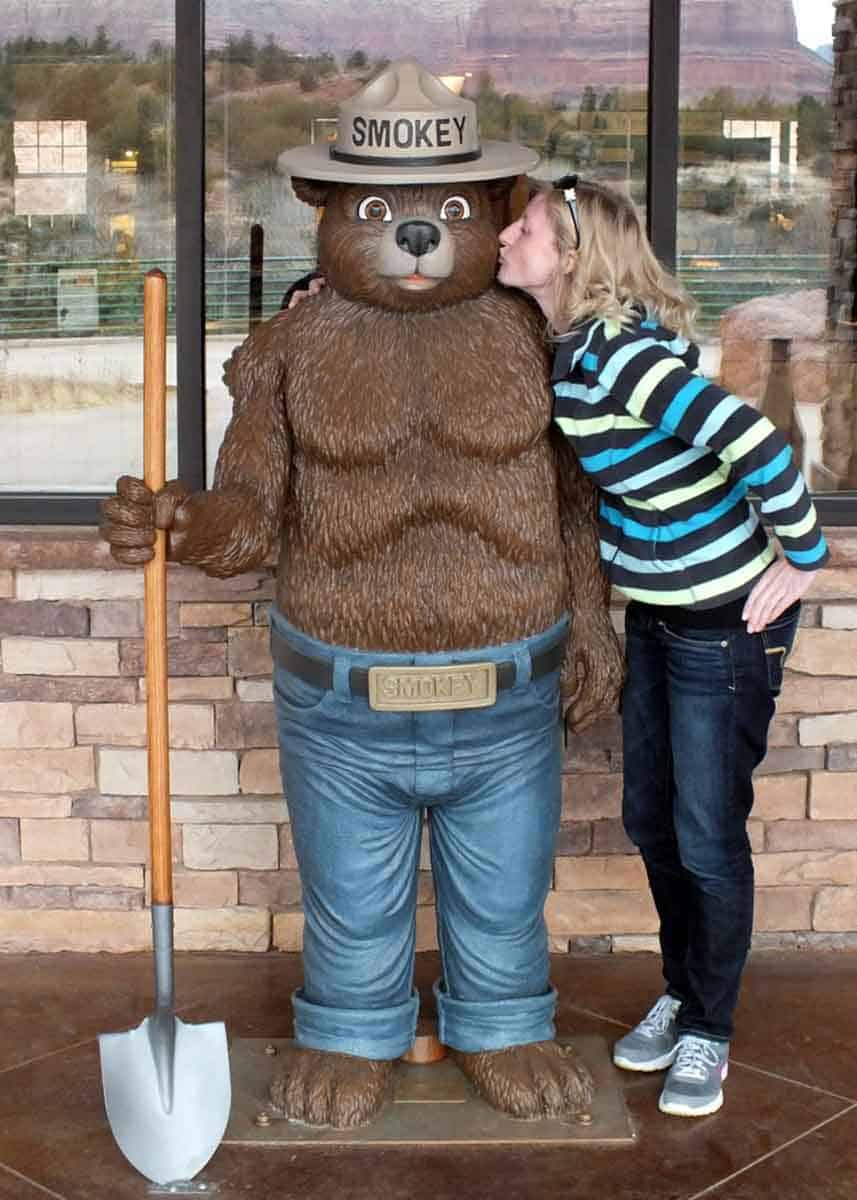
6. The Smithsonian National Zoo Was Also the Home of Another Famous Bear
Speaking of bears, one of the DC Zoo’s most famous residents was Smokey Bear. The inspiration for the cartoon, Smokey was a five pound, three-month-old black bear cub rescued from the Capitan Gap forest fire in New Mexico.
Smokey, rescued from a tree with burns on his paws and hind legs, was nursed back to health by the zoo staff. He lived at the Smithsonian National Zoo from 1950 until his death in 1976. Smokey Bear received so much fan mail, up to 13,000 letters a week, that the US Post Office established a special ZIP code for him.
7. The Smithsonian National Zoo is Fourth Most Popular Smithsonian Destination
With two million visitors annually, the zoo ranks as the fourth most visited site within the Smithsonian Institution’s portfolio, which includes a diverse range of museums, galleries, and gardens.
8. It's Free to Visit the Smithsonian National Zoo
Like all museums, galleries, and gardens in the Smithsonian Institution’s portfolio, the Smithsonian’s Zoo doesn’t charge admission, making it a great spot for budget friendly fun in DC. Additionally, the zoo is open 364 days a year, closing only on Christmas, December 25th.
Related Article: 10 US Zoos That Won’t Cost a Dime
9. Seeing Double
The zoo actually has two campuses. Besides the 163-acre zoological park at 3001 Connecticut Ave NW, there is also a 3,200-acre Smithsonian Conservation Biology Institute located 70 miles to the west in Front Royal, Virginia. Although it’s not open to the public, the Institute includes a large variety of trees, shrubs, plants, and grasses, including 36 different types of bamboo.
Practical Information for Visiting the Smithsonian National Zoo in DC
Where is the National Zoo?
Is the National Zoo free?
Yes, admission is free! Like all experiences in the Smithsonian Institution’s portfolio, there is no admission fee to visit the zoo in Washington, DC.
How to get to the National Zoo by Metro
To visit the Smithsonian Zoo via Metro, take the red line to the Woodley Park-Zoo/Adams Morgan stop. The main entrance to the zoo is about a half mile northwest on Connecticut Avenue.
What time does the Smithsonian Zoo open?
The grounds are open daily (except December 25) from 8:00 am to 7:00 pm, with the last admittance at 6:00 pm. Exhibit buildings are open from 9:00 am to 6:00 pm, and dining and shopping venues are open from 10:00 to 5:00 pm.
How big is the Smithsonian National Zoo?
The National Zoo in Washington, DC, sits on 163 acres in the district’s Woodley Park neighborhood.
How many animals are in the National Zoo?
The Smithsonian Zoo is home to 2,700 animals representing more than 390 species including giant pandas.
How much time does it take to see the National Zoo?
Sitting on more than 160 acres and displaying more than 390 species of animals, you can easily spend a full day at the National Zoo. However, if your Washington, DC, itinerary doesn’t allow for a full day at the zoo, then prioritize and see what you can with the time you have!
What are the best hotels near the Washington DC Zoo?
The top-rated accommodations near the zoo are in the Woodley Park neighborhood. One of my favorite places is the Omni Shoreham Hotel. See photos of the rooms, swimming pool, and grounds by clicking here.
What's the best way to learn more about the National Zoo?
For the latest information, including special exhibits and events, visit the Smithsonian’s National Zoo website.
Have You Visited the Smithsonian's Zoo in Washington, DC?
What did you like most about your visit to the Smithsonian Zoo? Share your experiences in the comments section below.
Looking for more information to plan your Washington DC vacation? Check out my additional recommendations to help you plan your trip to Washington, DC, including what to see and do in Washington DC, the best places to stay in Washington DC, where to eat in Washington DC, and more!
Ready to Go?
Use These Helpful Links to Book Your Trip!
- Find low fares with airfarewatchdog and Skyscanner
- Book your plane ticket with Expedia or Kayak
- Or take the scenic route on an epic road trip in a rental car or an RV from Outdoorsy
- From hotels to private homes, find the perfect accommodation with Hotels.com or Vrbo
- Travel in style with a suitcase, carry-on, backpack, or handbag from eBags
- Save on tickets to attractions, sightseeing tours, and more with CityPASS, Tiqets, and Viator
- Don’t leave home without travel insurance from AXA
- Discover the sights, history, and culture of your destination with an interactive scavenger hunt
- Need something else to plan your perfect trip? Visit my travel resources page for more trusted partners. Happy wandering!
More Articles You'll Love!

Beyond the National Mall. Six additional Smithsonian experiences in Washington, DC.
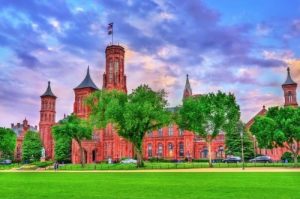
Exploring the Smithsonian. A complete guide to the museums, galleries, and gardens on the National Mall.
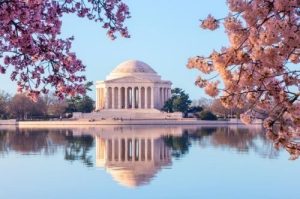
Best Places to Stay in Washington, DC. Identify the best DC neighborhood based on your itinerary.
Thank you for sharing!

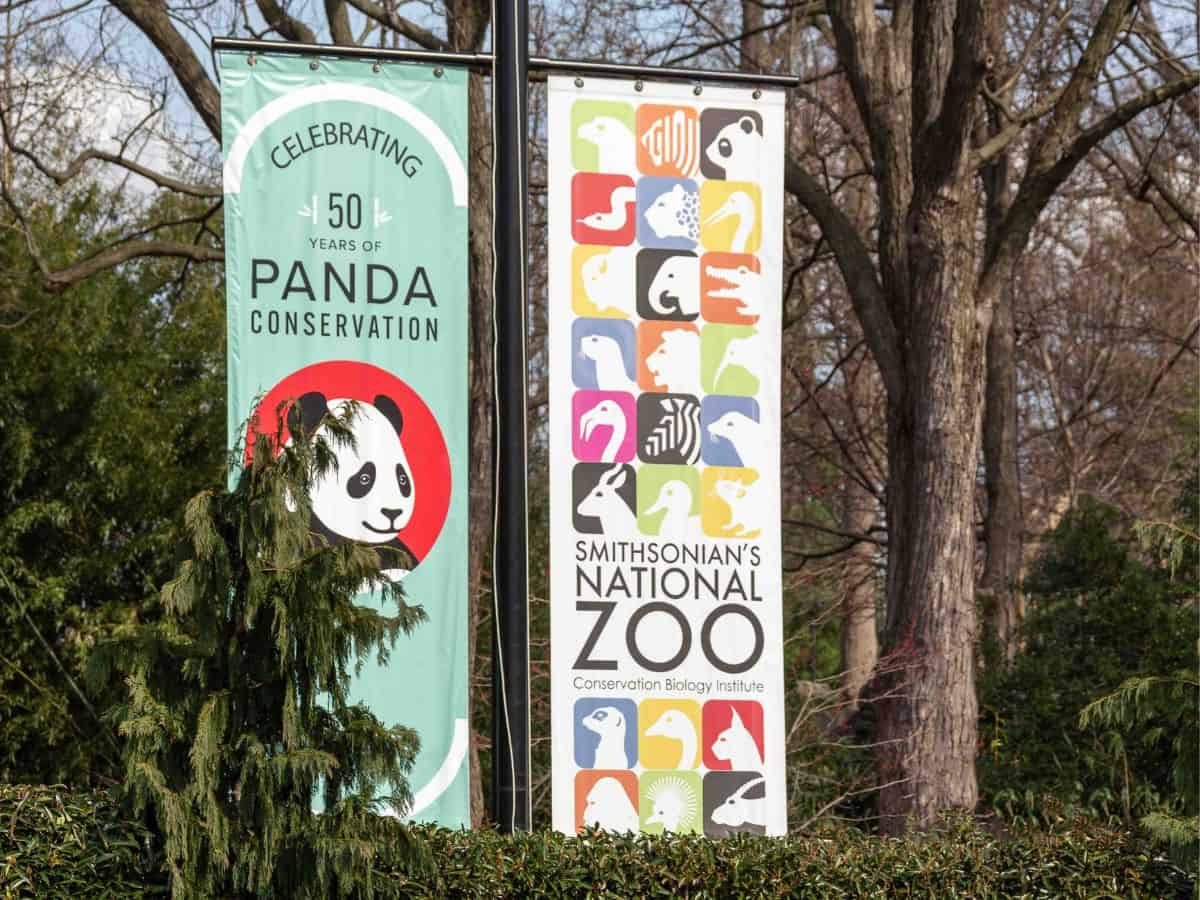

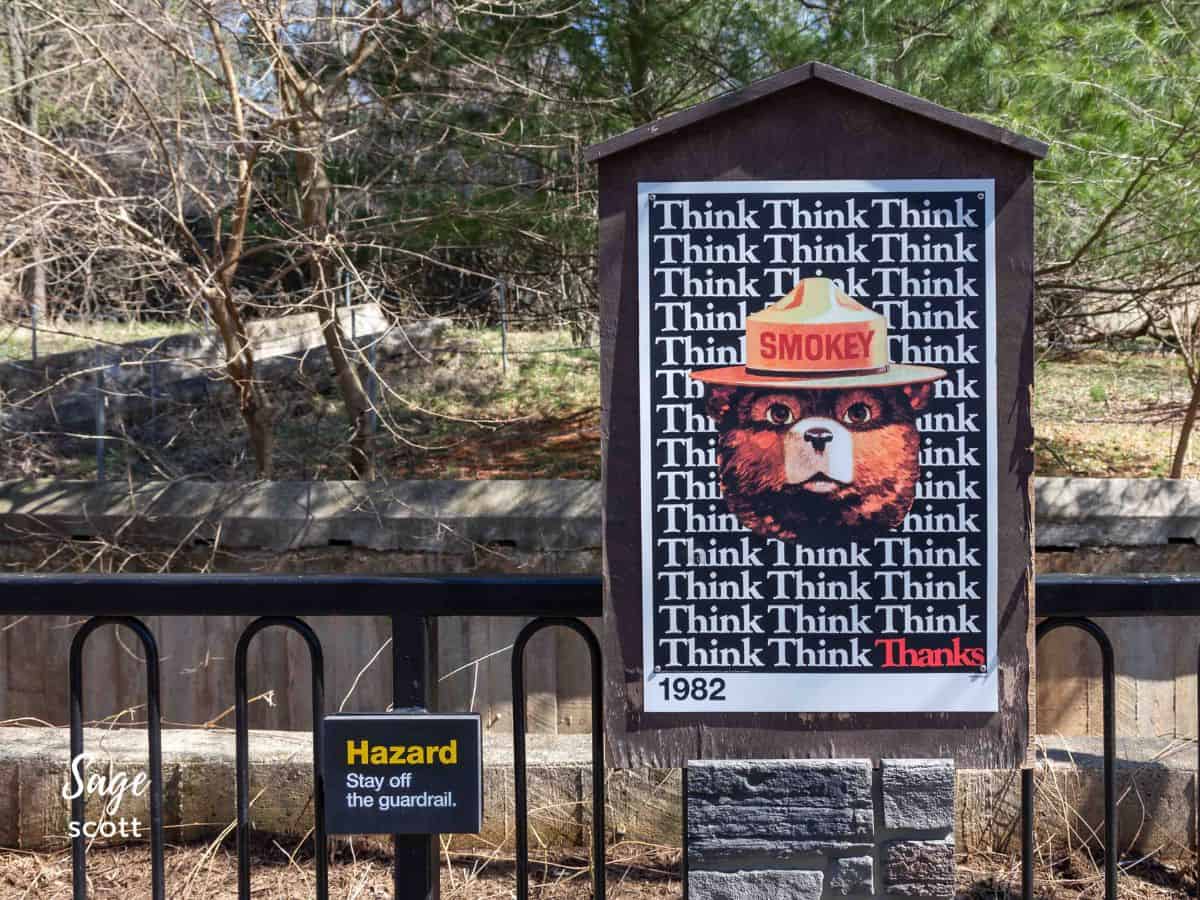
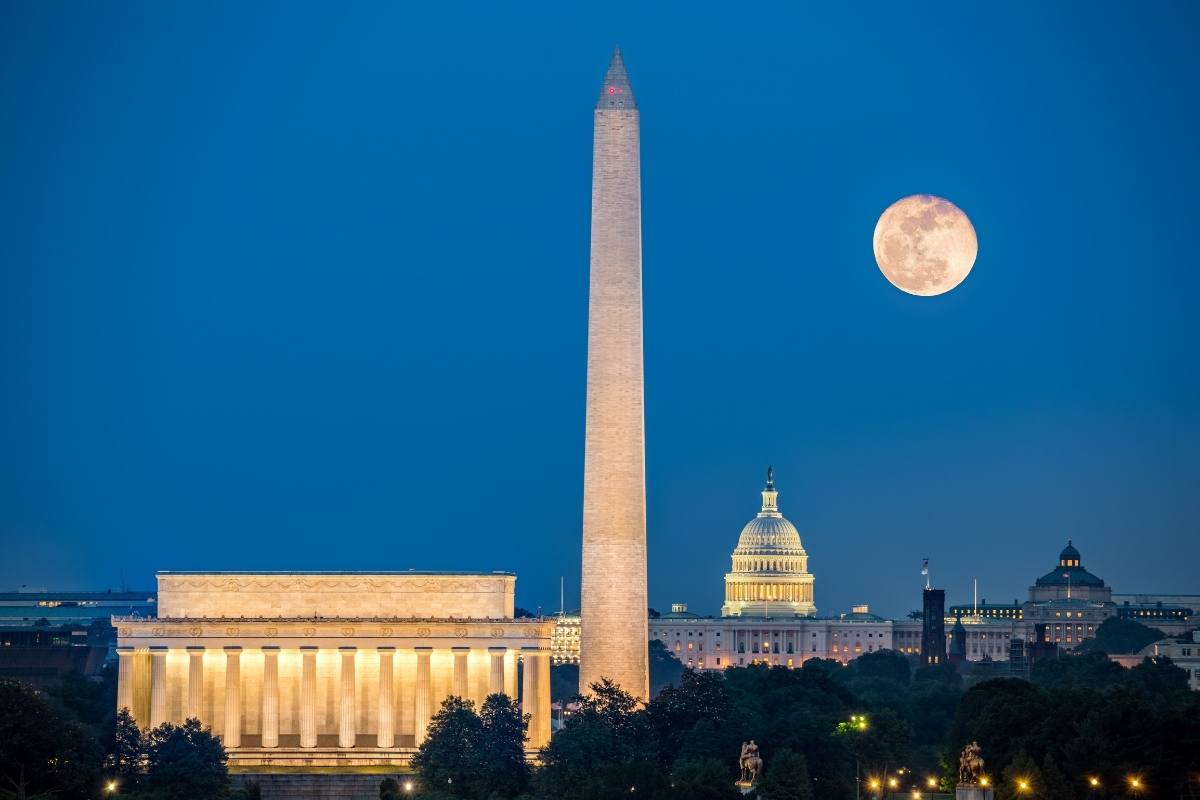

Oh I have so many fond memories of the National Zoo – my parents took my sister and I there a couple times of year! I never realized, or I have forgotten, that Smokey was there – I was always big on the other bears – the pandas!
The pandas are THE BEST!!! Sometimes when I need a break, I sneak a peek at them on the panda cam (just like the Chief of Staff from Madame Secretary)!